No, your eyes and brain are not deceiving you. Yes, you read that right – 3D printing. Food.
There are more advancements than ever before in this niche field – from food companies – big and small, to healthcare and even in space exploration. There as also been a rush to 3D print cell-ag meat as it means to reduce the carbon footprint associated with the industry. But how can 3d printing technology be applied to restaurants and food businesses? We asked Jashan Sippy, a food-architect and 3D food printing expert to share his views.
“Perhaps the main difference with respect to conventional meals is that the final presentation of 3D printed food is more complex, intricate, and geometric than the handmade counterparts. It’s quite impossible to create this manually or reproduce at scale — or it would require an extraordinary amount of time and skill,” Jashan stated.
3D printing for restaurants and food businesses
- Customization: 3D printing opens the door to mass customization and therefore responds to the individual customers’ needs and preferences. “You can customize specific shapes, nutritional requirements, shapes and forms, colours, etc. The possibilities are endless, and always leave a smile on your customer’s faces – guaranteeing loyalty. What more could you want?”, Jashan commented.
- Rapid prototyping: 3D printing offers restaurateurs and food business owners the ability to test various outputs without needing to have too many object-specific tools and moulds. “It’s your one-stop piece of equipment to have all the flexibility you need through seasons, festivals, and holidays throughout the year. With just one machine, you can create unique decorations and garnishes for all your dishes, including mouthwatering appetisers, 3D printed elements for tasting plates, and eye-catching desserts! Think of all the space you would save at the back-end!”, Jashan exclaimed.
- Involvement: 3D food printing offers your customers the opportunity to feel empowered. Witnessing the edible creations come to life offers your customers the opportunity to co-create with you. This helps them feel as if they are a part of the production process. An increasing percentage of consumers value this opportunity. “We are able to create 3D designs along with our clients so that they feel like they’re a part of the process. They can watch the production (printing, prototyping) and then finally enjoy the results of the outcome – sweet or savoury!”, said Jashan.
- Decentralised production: 3D food printing also allows you to have the flexibility and scalability of decentralised production. Jashan explains, “I can create all my designs, send them out to different cloud kitchens all over the place and produce them simultaneously in different cities, in different locations within a city. You can store and distribute designs electronically with endless reproducibility. Sharing recipes across locations could be as simple as transferring a digital file over the internet. All you would need is the same raw materials, printer settings, and compatible printing equipment.”
- Social experience: 3D food printing enables you to offer your customers the opportunity for a novel, exciting, (and potential viral) social experience. “Customers are excited to witness digitization coming together with something that they can ingest. It’s fascinating, they want to capture the moment, and it’s a great way to bring people of all ages and from diverse backgrounds together,” Jashan explained.
Are you or someone you know working with 3D food printing? How do you think 3D food printing can benefit your product or service?
About Jashan Sippy:
Jashan is a green-building certified architect specialised in the design for spaces for food. He is the founder of Sugar and Space, a creative agency dedicated to transforming the way we perceive food everyday. After pursuing an M.Sc. in International Business and specialising in entrepreneurship, Jashan founded Food Design Nation. He is the founding editor of FDzeeN: Art, Culture, and Design for Sustainable Food Systems and has served as the food and space correspondent for The Dutch Institute of Food & Design and Director at the Online School of Food Design. Jashan regularly hosts 3D printing food tastings and demonstration sessions, develops 3D printed food concepts for clients, and speaks globally about this emerging technology.
P.S. – If you want to learn in-depth how 3D food printing works, and want to develop your own concept for a 3D printed product or experience, check out Jashan’s training program 3D Printing Food. You can witness the creation of your edible 3D printed prototype and use the photos and videos in your portfolio, research project, on social media or for your funding application. If you’re already working on a 3D food printing project, you can book a 1-1 session with Jashan to get feedback and collaborate.

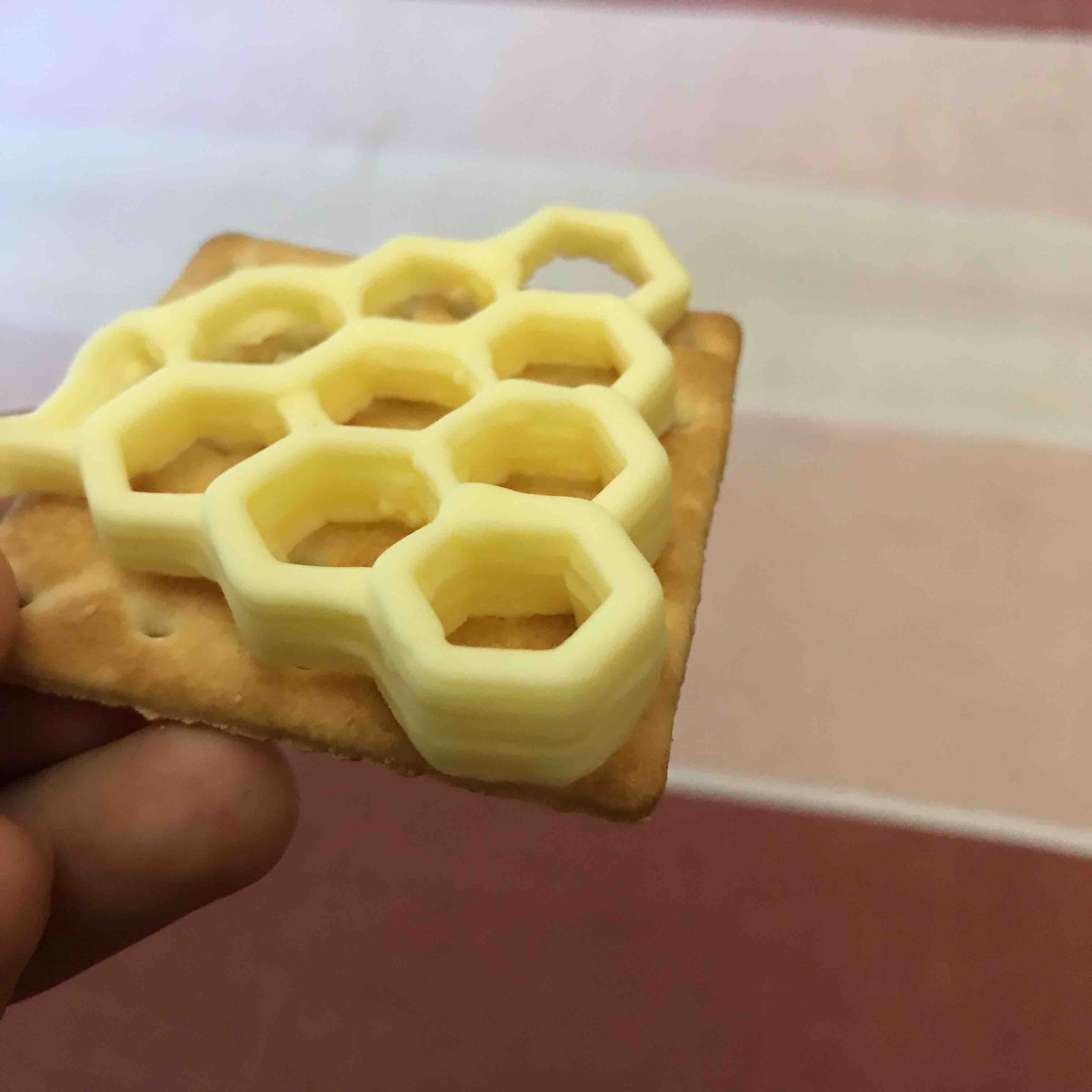
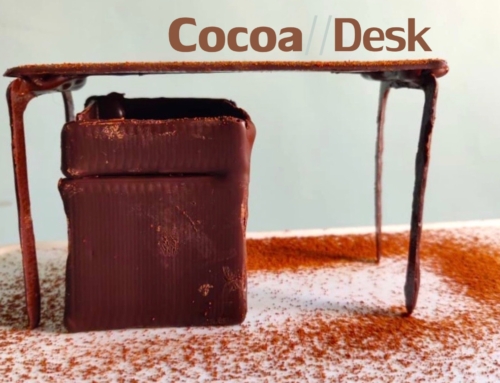
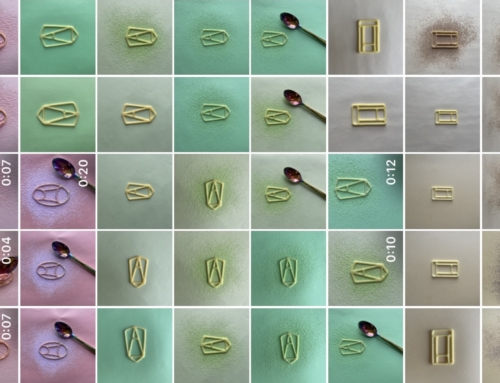
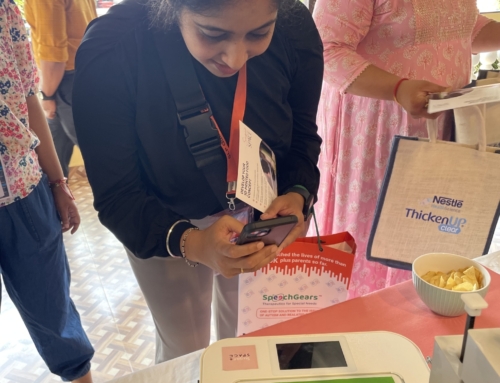
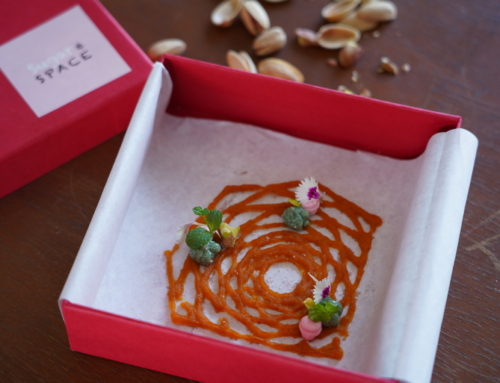


Leave A Comment